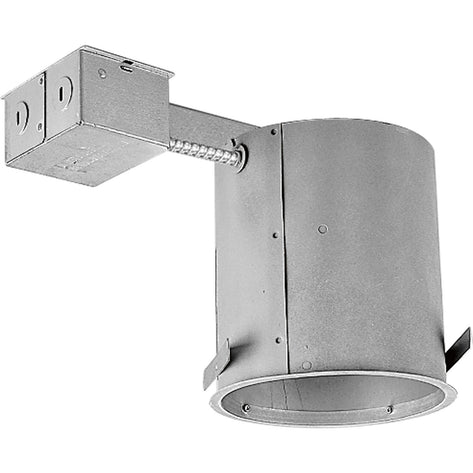

Lighting Terminology 101: A Complete Guide to Lighting Jargon
Class is in session! For those in the lighting industry, terms like semi-flush mount, can lighting, and fandelier are part of everyday conversation. To an outsider, those terms can be unclear. Let's go through all the different types of lighting and what all the lighting terminology means.
Pendants. First up is pendants! This is a more commonly used term so you may be familiar. A pendant light is typically a sole light that hangs from either wire, chain, or rod. Pendants can be one, two, three, and even four-light fixtures. Typically, pendant lighting is styled in a row over a kitchen island and recently has gained popularity in bathrooms by mirrors.
Chandeliers. Chandeliers are usually characterized as branched ornamental fixtures. Though in recent years, chandeliers have been styled with clean lines; less ornate, and more modern touches. Chandeliers are a widely popular choice in foyers, living rooms, and bedrooms because they can give off a lot of light and be a centerpiece to the room.

Sconces. A sconce is a one or two light fixture that is mounted to the wall. Sconces used to look more like torchieres. Over the years, their sizes have scaled down a bit. Sconces are great options for lighting hallways, fireplaces, and between bathroom mirrors.
Flush Mount. A flush mount light fixture is a light that sits directly on the ceiling. Flush mounts are a popular choice for low ceilings and are a great no-fuss option. Flush mounts get sleeker and sleeker as the years go by so kick the idea of an ugly boob light. For boob light swaps under $500 look here.

Oliver Flush Mount Hinkley Lighting
Semi-Flush Mount. A semi-flush mount light is a fixture with a small space between the ceiling and the light. Semi-flush mounts are perfect for a ceiling that is too short for a chandelier and a room that needs a bit of lighting drop. They can also be useful for lighting hallways.
Fandeliers. Fandeliers are a combination of chandeliers and fans, hence-"fandelier." They are a dressed-up version of a fan and generally hide fan blades and motors. Fandeliers are great for rooms where you want the cooling effects of a fan but don't want to look at a ceiling fan every time you walk in.
Can Lights. Can lights are also known as recessed lighting. These are small lights usually 4"-7" in diameter that are typically installed in a grid-like fashion. Their electrical component, the can, is installed in the ceiling so the lights are almost not noticeable. Can lighting is an excellent option for those who need more light in their home.

Shop Remodel Recess Can Lights
Vanity Lights. Vanity lights or bathroom lights are usually two, three, four, or five light bars that are installed on the wall above the bathroom mirror. Bathroom lights are the perfect option for bathrooms. A general rule of thumb is that your bathroom bar should not extend more than 3/4 the length of the mirror. Of course, if you find yourself needing more light, don't be afraid to exceed that length.
Track Lighting. Track lighting is light fixtures that are attached to a continuous track that contains electrical conductors. This makes it so you can have multiple light fixtures potentially pointing in different directions but that attaches at one point to the ceiling. Most often these are found to highlight art or walls and are usually found in commercial spaces.
LED-integrated. LED-integrated lights are fixtures that have a strip of LED lighting installed (usually with a driver) in the fixture. That means the light is usually continuous throughout the fixture and can make any shape the fixture does. Some people love LED-integrated fixtures because they don't have to worry about changing light bulbs. Most LED-integrated fixtures come with a five-year warranty but can shine for much longer.
Lumens. The term lumens refers to how much light a fixture will give off. This is particularly important to know because each room has different lighting requirements. For example, 500 lumens in a hallway may be great, but in a kitchen, it would be nowhere near enough light. To find out how many lumens we recommend per room visit our Lumens Blog.
Kelvins. Also known as, color temperature, kelvins describe the color a light gives off. For most homes, we recommend a 2700K-3000K color temperature throughout. This will give off a soft light without washing out home colors.

Leave a comment